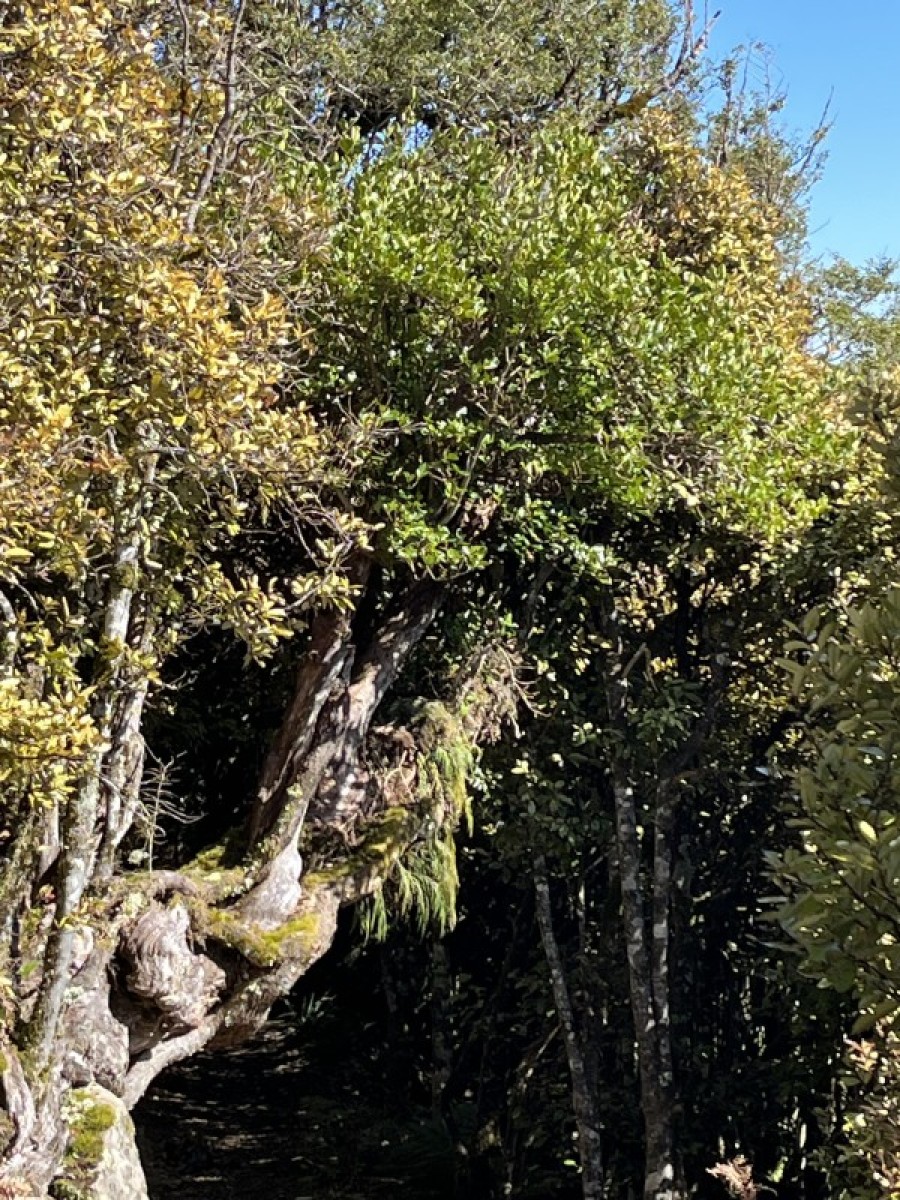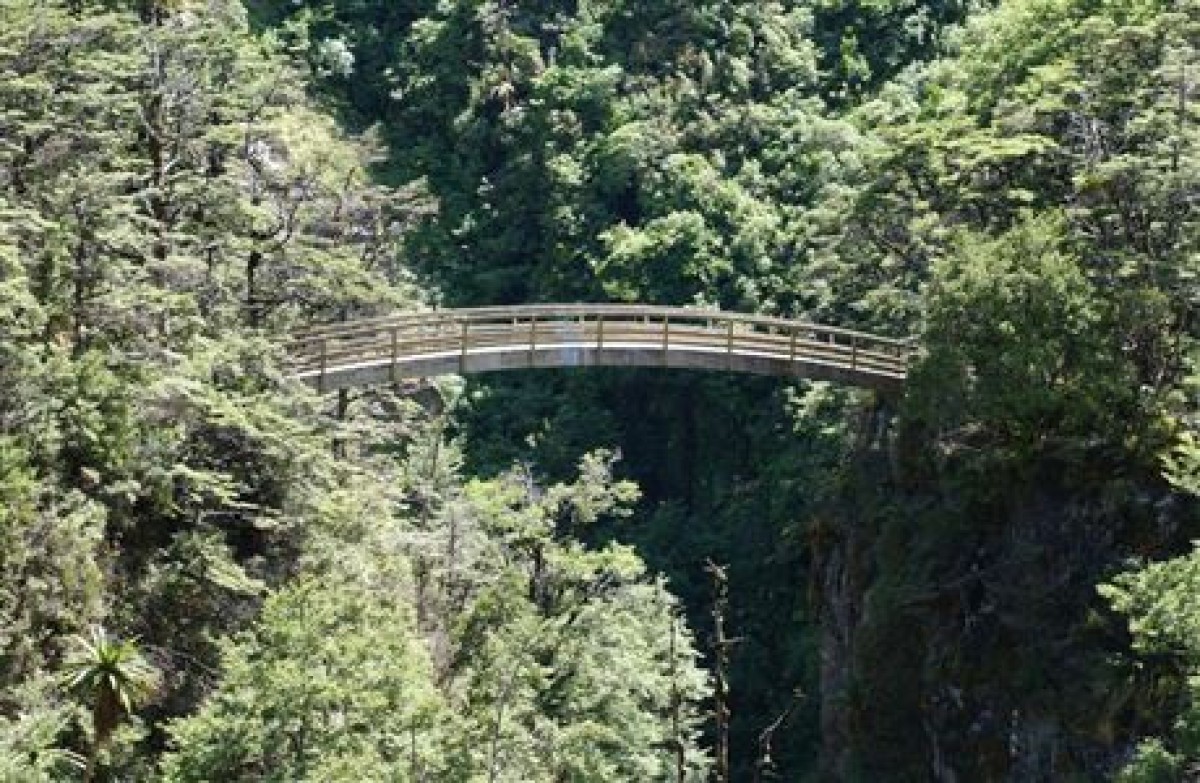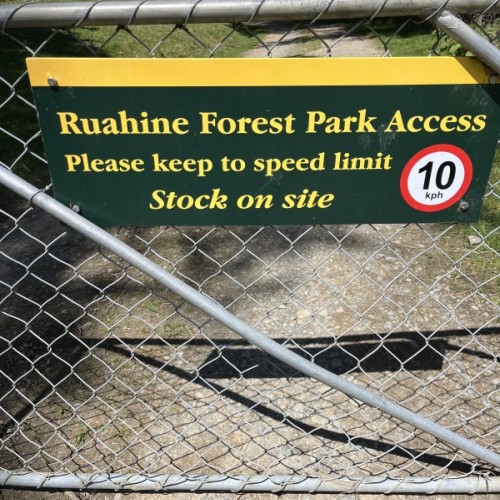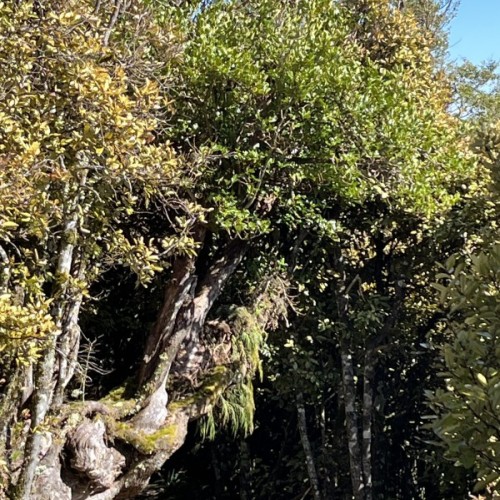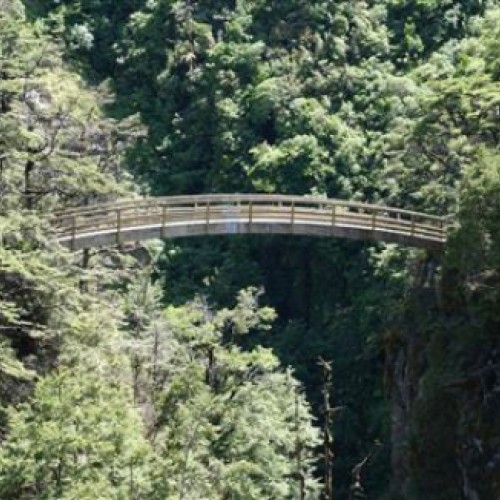This well-graded track to the tussock tops on Whanahuia Range is a great overnight tramp for families with children and new trampers.
A benched track enters the bush beside the top carpark and begins at a steady grade. The Deadman's Track junction on the right is a few metres in from the carpark.
The track zig-zags above an active slip before crossing a deep ravine of the Mangahuia Stream via a picturesque arched wooden bridge.
A slightly steeper grade from here, the track heads up through smaller shrub species past a pretty waterfall to reach Rangiwahia Hut.
Rangiwahia Hut
- Category: Serviced
- Facilities: 12 bunk beds, heating, mattresses, toilets - non-flush, water from the tap - not treated, boil before use
- Bookings required
Getting there
Travel past the villages of Kimbolton and Rangiwahia and continue along Te Para Para Rd and on to Renfrew Road. Follow this to the carpark at the end.
Nature and conservation
Rangiwahia Hut sits above the bush line on the Whanahuia Range. A popular, well-defined track leads to it and beyond to the tussock covered open tops. Forest in this area is predominantly red beech.
History and culture
The Rangiwahia Hut area is renowned for its skiing history. Enthusiasts were drawn to the broad snow-covered slopes and at one stage the Rangiwahia Ski Club installed a rope tow to pull skiers up the slope.
Know before you go
Gas cooking has been removed from the hut. You will need to take your own portable cooking stoves. There is a wood burner in the hut for heating, which may be used for cooking. Firewood is supplied for the wood burner.
Source: Department of Conservation



